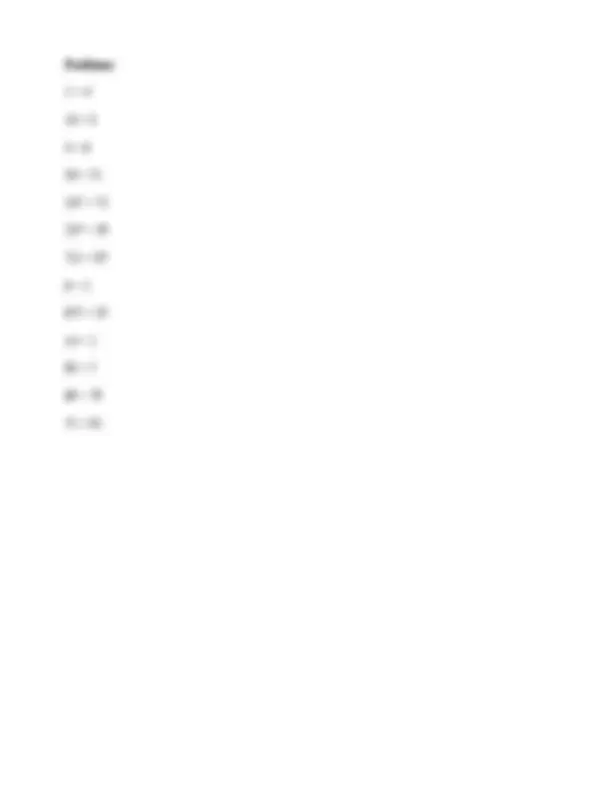The Slide Rule
• A slide rule is a mechanical analog device, consisting of two finely divided scales with a
movable inner one, and a sliding window called a curser.
• The slide rule is used primarily for multiplication and division, but can also be used for
functions such as trigonometric functions, square and cube roots, exponential functions, and
logarithms. It does not do well with addition or subtraction.
• Before calculators, this was the most commonly used instrument for doing mathematical
computations.
• The use of the slide rule grew through the 1950s and 1960s, even as digital computing
devices were being developed. In the early to mid 1970s, however, the electronic scientific
calculator was introduced, and the slide rule quickly became obsolete.
• The slide rule uses logarithmic scales to allow for quick computations. It builds on the fact
that:
log(xy) = log(x) + log(y)
log(x/y) = log(x) – log(y)
• In general, mathematical calculations are performed by aligning a mark on the sliding
central strip with a mark on one of the fixed strips, and then observing the relative positions
of other marks on the strips.
• The user needs to determine the location of the decimal point in the result, based on mental
estimation.
History
• The slide rule was invented around 1620-1630, shortly after John Napier’s publication of the
concept of logarithm.
• Edmund Gunter of Oxford developed a calculating device with a single logarithmic scale
that could be used for multiplying and dividing.
• William Oughtred in 1632 combined two logarithmic scales directly opposite each other to
do calculations.
• The more modern form of the slide rule was created in 1859 by French artillery lieutenant
Amedee Mannheim. It was around that time that engineering became a professional field,
and this helped spread the use of a slide rule across Europe.
• They did not become common in the U.S. until 1881, when Edwin Thacher introduced the
cylindrical rule.
• During the 19th century, Germany had a steel slide rule about 2 meters long that was used at
one astronomical observatory. It had a microscope attached giving it 6 decimal places of
accuracy.
• Throughout the 1950s and 1960s, the slide rule became the symbol of the engineer’s
profession, in the same way that a stethoscope symbolized the medical profession.
• Traditionally slide rules were made out of hard wood such as mahogany or boxwood with
cursers made out of glass and metal. Later they were made out of plastic or aluminum and
the cursers were made of acrylics.










